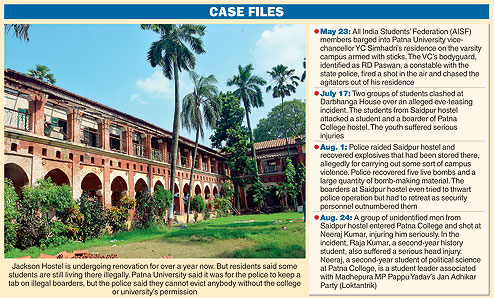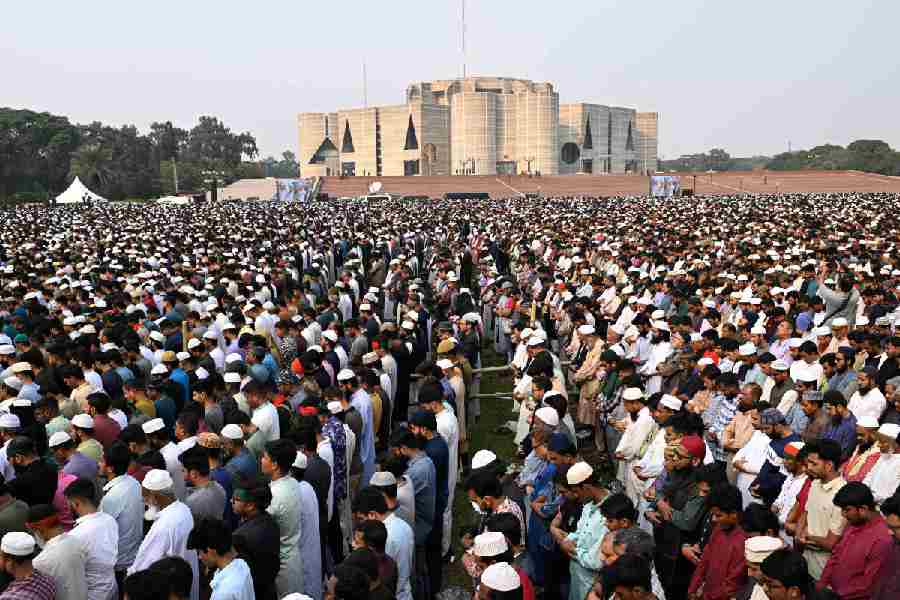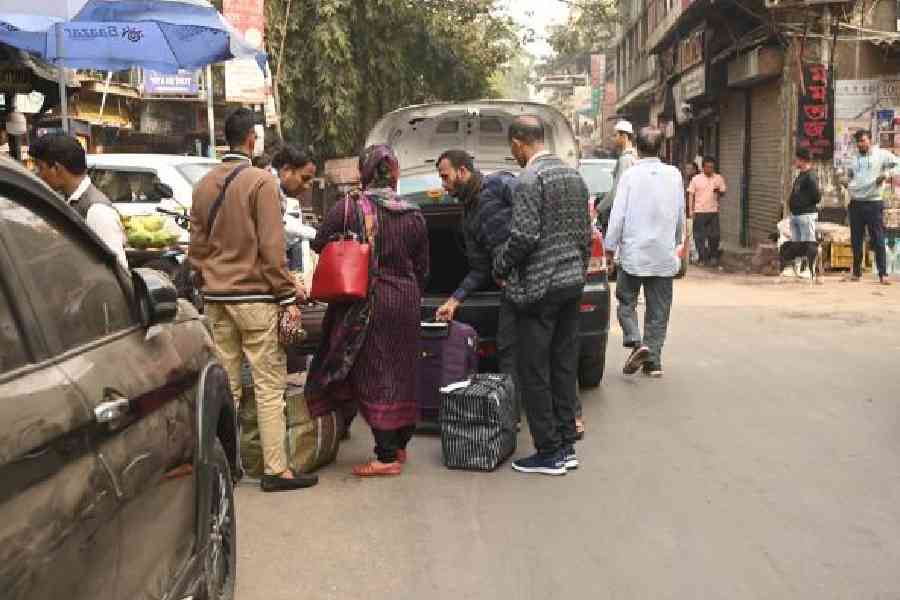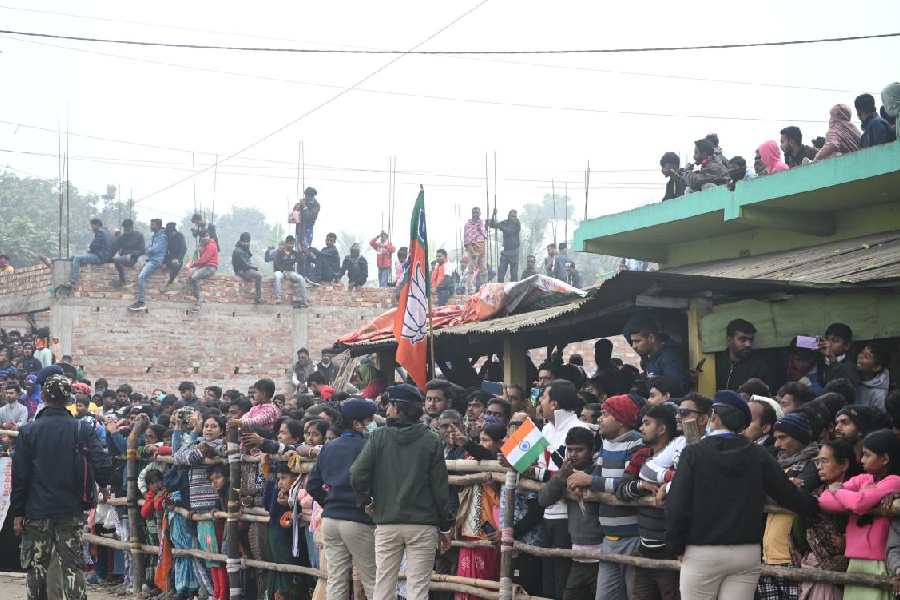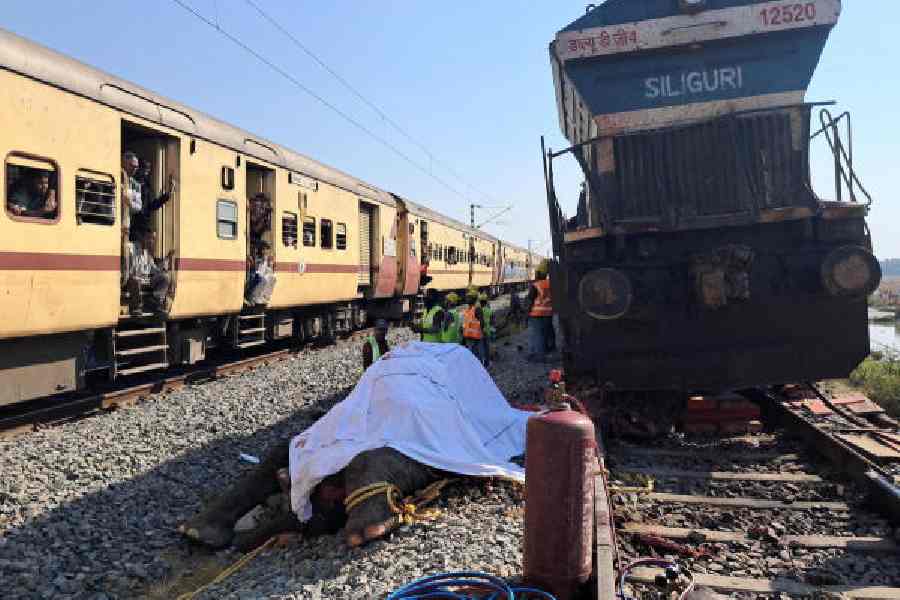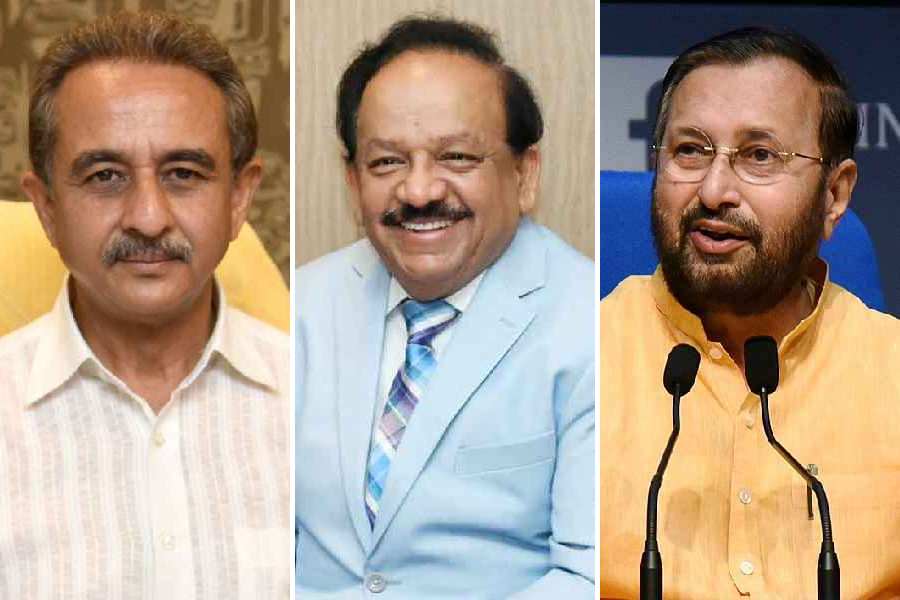On World Heritage Day, Piyush Kumar Tripathi highlights how excavations at Bihar's historical sites are suffering
PATNA MONUMENTS LANGUISHING


Work at three important archaeological sites in the state - Balirajgarh (Raja Bali ka Garh) fort in Madhubani, the ancient university at Telhara in Nalanda and a Gupta-period temple at Chausa in Buxar - stands suspended for close to a year because the Archaeological Survey of India (ASI) has not issued licences.
In fact, excavations have not been carried out at any archaeological site in Bihar since June last year.
The Patna High Court had recently taken up the matter of suspension of excavation and neglect of the ancient Balirajgarh fort. On April 5, a division bench of Acting Chief Justice Iqbal Ahmed Ansari and Justice Samarendra Pratap Singh asked the ASI to respond to a petition filed by S.K. Karn on the abrupt stoppage of excavations at the site.
Excavations at Balirajgarh, an ASI protected site around 260km east of Patna, had commenced in January 2014 on the personal persuasion of chief minister Nitish Kumar. Nitish had written twice to the Prime Minister to start excavation as the site was spread over a vast area and it was not possible for the state archaeological directorate to do it by itself. Around 400 antiquities from the Sunga (2nd century BC) to the Pala period (8-12 century AD) were found there.
The approval of annual licence for excavations at an archaeological site is given by the ASI's central advisory board of archaeology. Archaeological experts said the licence issuance rules were tweaked in 2014.
WORLD HERITAGE DAY ACTIVITIES
A heritage photo walk was organised for the first time in Patna at Takht Shri Harmandir Sahib gurdwara at Patna City on Sunday evening. A photo exhibition on monuments and excavated sites in Bihar has been jointly organised by the ASI and Bihar Museum from April 14 to 24 on the museum premises

"It was observed that excavation reports of many sites were pending for many years," said Anantashutosh Dwivedi, secretary of Patna NGO Heritage Foundation. "Accordingly, the ASI decided that places where excavations have been done continuously for the past four years should be put on hold till the time the excavation reports are furnished. In case proposals for further excavations are sent, then proper justification should be made regarding it."
Senior officials in the ASI claimed fresh licences would be applied for at three places in Bihar, including Dewangarh in Nawada district, Jaigadh fort in Lakhisarai and the ancient university at Telhara.
"We would apply for fresh licences for Dewangarh, Jaigadh and Telhara in June-July," said Atul Kumar Verma, director, state archaeological directorate. "Besides, the excavation report for a site at Kutumba block in Aurangabad district is also being finalised."
He added: "Preliminary reports on excavation along with photographs at Telhara and Chehar have been finalised and are in the process of being printed. We would be submitting the reports to ASI while applying for fresh licence. The finalisation of excavation report of Chausa would take some time."
ASI officials defended the move of not issuing excavation licences for places where reports have not been furnished. "We don't ask for final excavation report but at least a preliminary report or even a few photographs can be submitted to show the progress in the work," said a senior official in the ASI's New Delhi headquarters. "However, even that is not being done at many places. There is no use of issuing licences and using public money in the excavation works year after year with no concrete output."
Experts felt that new organisations should reap the benefits of such norms.
"If the ASI is not allowing its excavation branches or state archaeological directorates to carry out further excavation, new organisations such as history departments of universities should take the initiative to use this opportunity," said B.R. Mani, general secretary, Indian Archaeological Society, who retired as assistant director-general of the ASI in 2015.
EXCAVATION STALLED
• Telhara, Gaya: The findings of the archaeological remains belonging to the Kushan period make Telhara the second oldest university in the world. Remains excavated at Telhara till now belong to three periods: Kushan (first century-third century AD), Gupta (fourth-fifth century AD) and Pala (eighth-twelfth century AD)
• Chausa, Buxar: Excavations here threw up antiquities, potteries and architectural fragments indicating continuous habitation from the Chalcolithic period (BC 1000) to the early medieval period
• Jaigarh, Lakhisarai: The state archaeological directorate found a 1200-year-old fort on a hill near Lakhisarai town in December last year. Claimed to be from the first Pala period (8-12 century AD) fort discovered in Bihar, it has underground rooms, several secret exit doors and watchtowers indicating that it was well-equipped to tackle attacks from invaders
• Chechar, Vaishali: Excavations were first conducted here in 1977-78 by ASI. Apart from Mauryan artefacts belonging to the period between BC 2000 and 600 AD, a figurine of Helen, daughter of one of Alexander’s commanders, was also found here.

